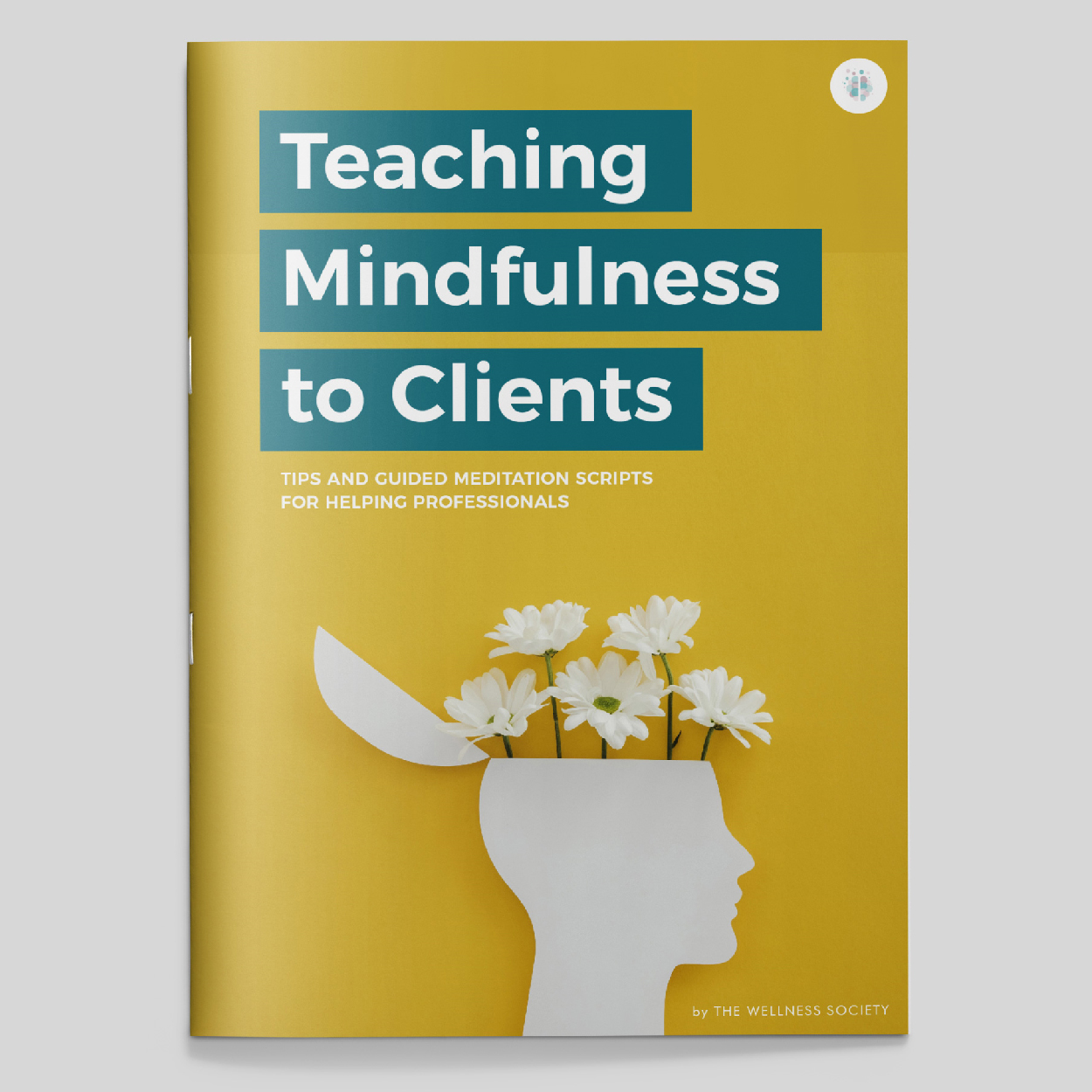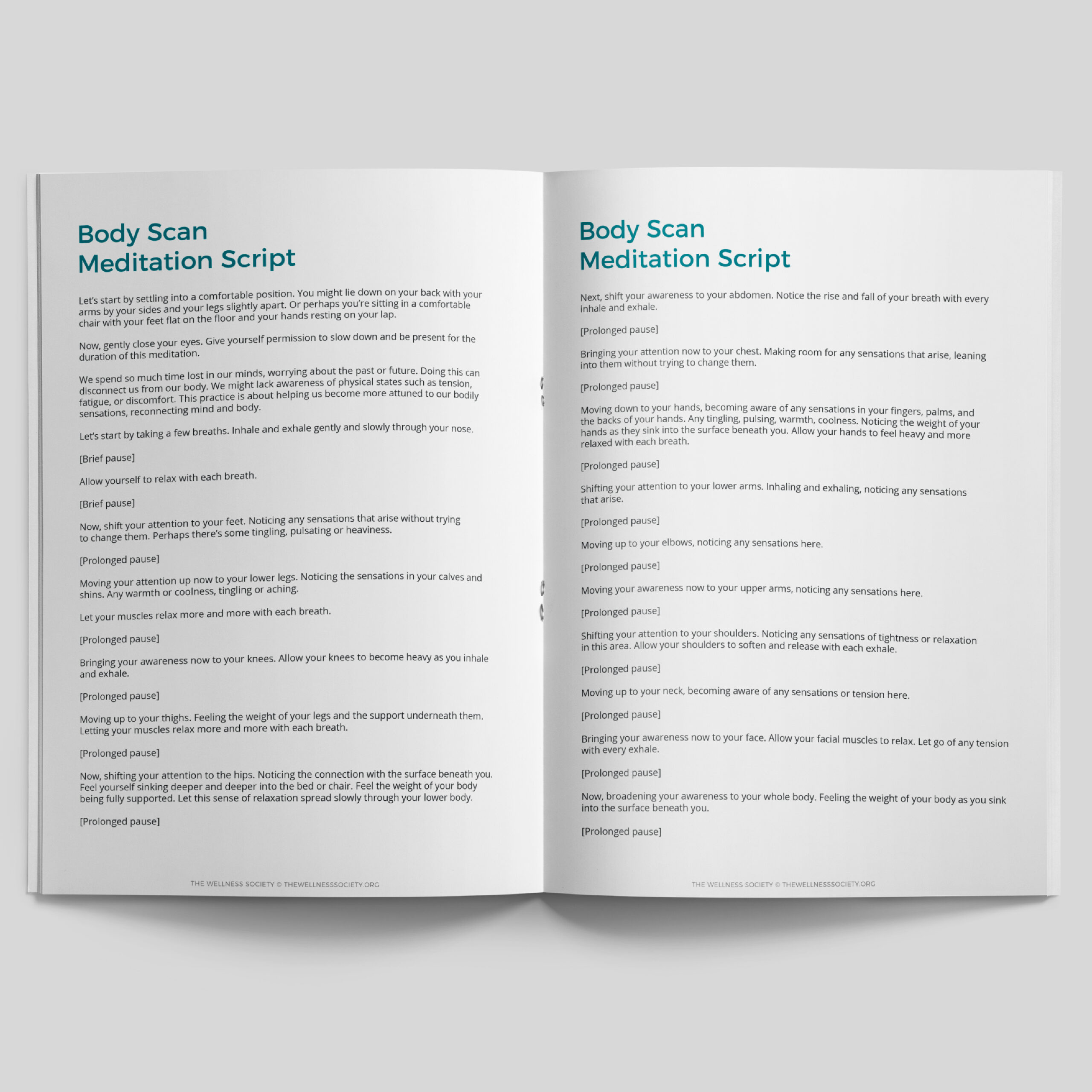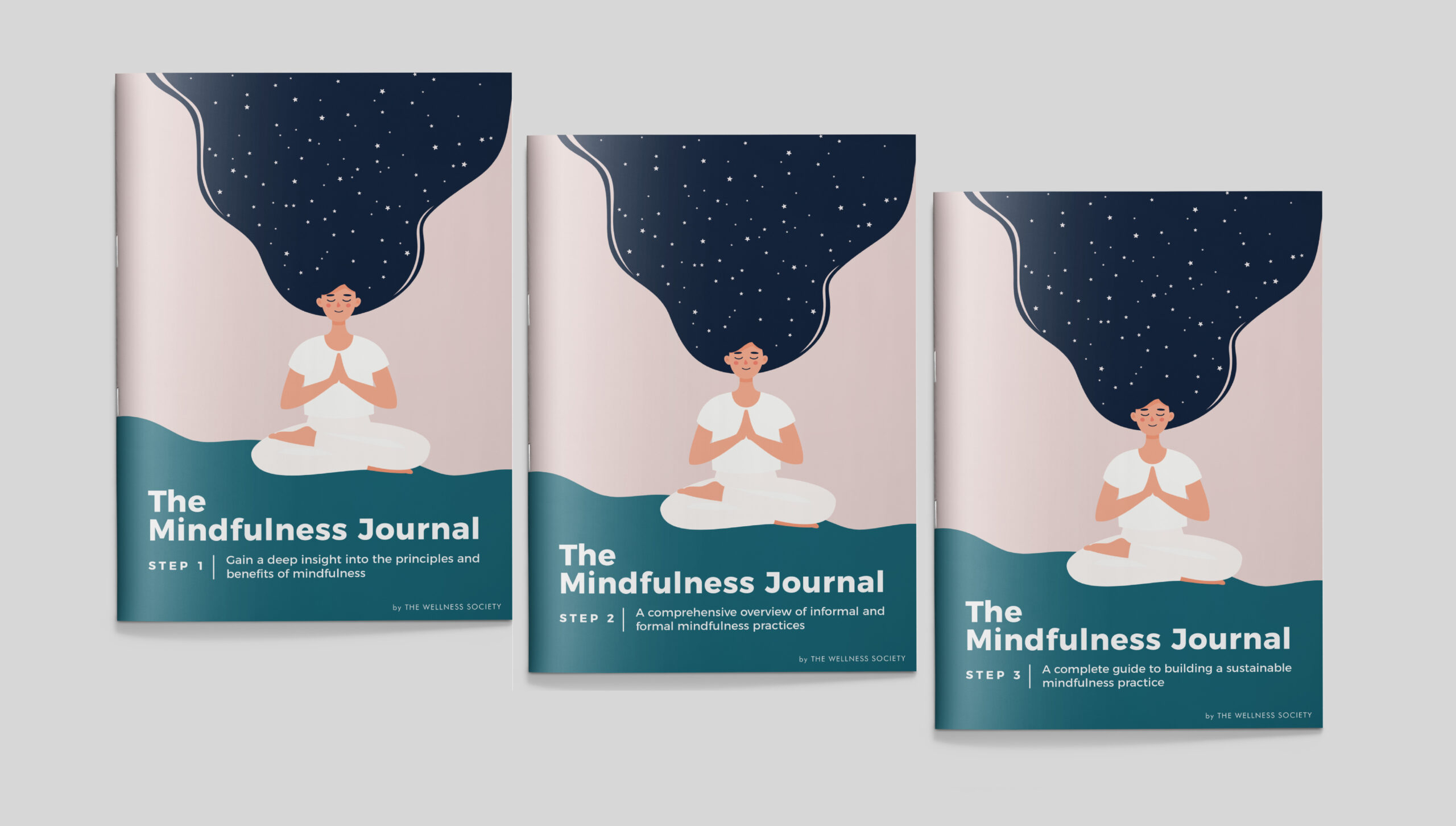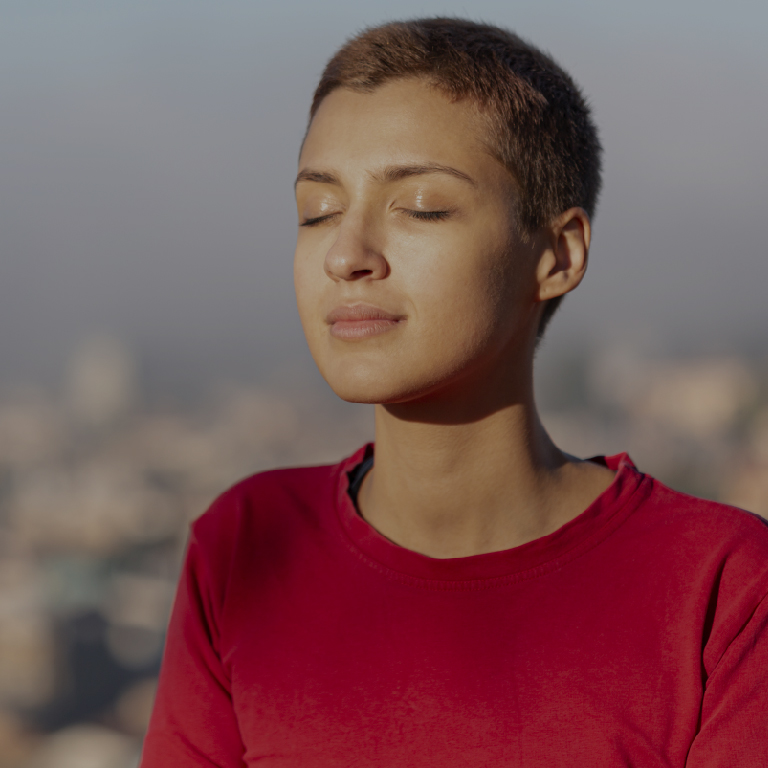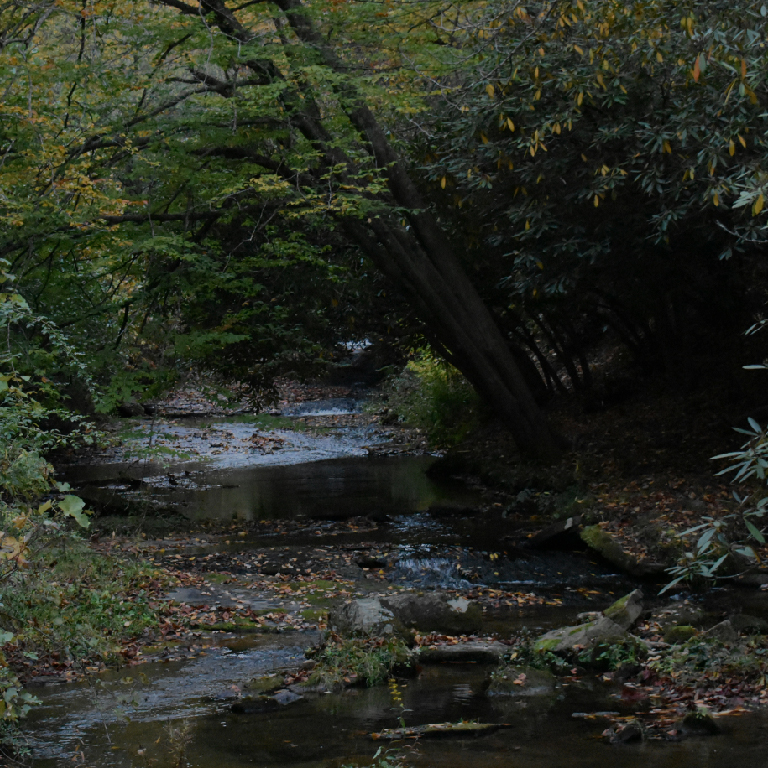What is Body Scan Meditation?
Originating in ancient times, meditation has been used as a natural form of healing for thousands of years. While there are many ways to meditate, today we’re going to focus on a specific type called body scan meditation.
Perhaps you’ve heard of meditation, tried it once or twice, or practice regularly. Either way, understanding what it is, how to do it, and its benefits can make meditation more interesting.
Body scan meditation involves taking time to scan the body in a meditative state. But what does that mean? A meditative body scan focuses attention on each body part, moving up or down from head to toe, focusing on each part, and relaxing your entire body in sequence.
The focus is to increase body awareness, identify how you’re feeling, and as a result, be more attuned to your body and any feelings or sensations that come up such as stress and pain.
Benefits of a Body Scan
The benefits of a body scan meditation can be felt during and immediately after completion.
It’s a great way to get centered with yourself and the present moment. Oftentimes, we go about our days ignoring how we feel and pushing through discomfort.
Performing a body scan enhances the mind-body connection, allowing us to gain awareness about ourselves in relation to our current mental and physical state. This awareness will help tremendously when it comes to the ultimate goal of a body scan: identifying and relieving stress.
Below is an excerpt from our free resource for helping professionals, Teaching Mindfulness to Clients (21 page PDF).
It contains several guided meditation scripts:
- Body Scan Meditation
- Progressive Muscle Relaxation (PMR)
- Mindful Breathing Meditation
- Loving-Kindness Meditation (LKM)
- Mantra Meditation
- Visualisation Meditation
- Vipassana Meditation
In addition, it outlines ten tips for how to teach mindfulness, address resistance, and tailor techniques to individual client needs.
Head to our Free Tools Library to download a copy (no email address required).
You can also download just the PMR script featured below.
Body Scan Meditation Script
Let’s start by settling into a comfortable position. You might lie down on your back with your arms by your sides and your legs slightly apart. Or perhaps you’re sitting in a comfortable chair with your feet flat on the floor and your hands resting on your lap.
Now, gently close your eyes. Give yourself permission to slow down and be present for the duration of this meditation.
We spend so much time lost in our minds, worrying about the past or future. Doing this can disconnect us from our body. We might lack awareness of physical states such as tension, fatigue, or discomfort. This practice is about helping us become more attuned to our bodily sensations, reconnecting mind and body.
Let’s start by taking a few breaths. Inhale and exhale gently and slowly through your nose.
[Brief pause]
Allow yourself to relax with each breath.
[Brief pause]
Now, shift your attention to your feet. Noticing any sensations that arise without trying to change them. Perhaps there’s some tingling, pulsating or heaviness.
[Prolonged pause]
Moving your attention up now to your lower legs. Noticing the sensations in your calves and shins. Any warmth or coolness, tingling or aching.
Let your muscles relax more and more with each breath.
[Prolonged pause]
Bringing your awareness now to your knees. Allow your knees to become heavy as you inhale and exhale.
[Prolonged pause]
Moving up to your thighs. Feeling the weight of your legs and the support underneath them.
Letting your muscles relax more and more with each breath.
[Prolonged pause]
Now, shifting your attention to the hips. Noticing the connection with the surface beneath you.
Feel yourself sinking deeper and deeper into the bed or chair. Feel the weight of your body being fully supported. Let this sense of relaxation spread slowly through your lower body.
[Prolonged pause]
Next, shift your awareness to your abdomen. Notice the rise and fall of your breath with every inhale and exhale.
[Prolonged pause]
Bringing your attention now to your chest. Making room for any sensations that arise, leaning into them without trying to change them.
[Prolonged pause]
Moving down to your hands, becoming aware of any sensations in your fingers, palms, and the backs of your hands. Any tingling, pulsing, warmth, coolness. Noticing the weight of your hands as they sink into the surface beneath you. Allow your hands to feel heavy and more relaxed with each breath.
[Prolonged pause]
Shifting your attention to your lower arms. Inhaling and exhaling, noticing any sensations that arise.
[Prolonged pause]
Moving up to your elbows, noticing any sensations here.
[Prolonged pause]
Moving your awareness now to your upper arms, noticing any sensations here.
[Prolonged pause]
Shifting your attention to your shoulders. Noticing any sensations of tightness or relaxation in this area. Allow your shoulders to soften and release with each exhale.
[Prolonged pause]
Moving up to your neck, becoming aware of any sensations or tension here.
[Prolonged pause]
Bringing your awareness now to your face. Allow your facial muscles to relax. Let go of any tension with every exhale.
[Prolonged pause]
Now, broadening your awareness to your whole body. Feeling the weight of your body as you sink into the surface beneath you.
[Prolonged pause]
Take a few moments to rest in this state of relaxation. Breathing slowly and gently in and out of your nose.
[Prolonged pause]
Whenever you're ready, slowly begin to bring your awareness back to the room.
[Brief pause]
Wiggle your fingers and toes, and gently stretch your body.
[Brief pause]
When you’re ready, gently open your eyes.
How Long Does it Take?
Meditation is a skill, and like any skill, it takes practice if you want to improve.
Some say a body scan should be 20 minutes, while others emphasise around 40 minutes or more. That said, meditating for five minutes at a time is better than not meditating at all.
Working your way through each body part and paying more attention to certain areas will vary from person to person. It can be difficult to find the time to meditate, so using whatever time you do have is a good place to start.
What to Do When Struggling to Meditate
For most people, meditation can be difficult at first.
Don’t put too much pressure on yourself to meditate for 30 minutes. Instead, start with a realistic goal and work your way up. For some that will be five or ten minutes and for others it might need to be thirty to sixty seconds.
The importance should be placed on the act of meditating in the beginning, not the time. Before attempting a body scan, try a simpler meditation or mindfulness practice to get your body and mind used to the practice. This can be as simple as practicing deep breathing and mastering the focus of your breath. If you’re struggling to quiet your mind, putting on a guided meditation video or audio is also a great place to start.
Find Other Ways to Practice Mindfulness
Practicing mindfulness is a journey that can take many forms as you try to live in the present moment and gain awareness in relation to your body and mind.
In addition to body scanning and other forms of meditation, there are many forms of mindfulness that can be practiced in your daily life. Whether it’s mindful movement such as yoga, loving-kindness meditation (LKM), or mindful eating, these practices help you stay centered and work toward enhancing mental wellbeing and physical health. As you try different practices, you can start to build your own mindfulness routine.
Summary
Body scan meditations are a great way to embrace mindfulness by focusing on the present, gaining awareness, fortifying the mind-body connection, and relieving stress.
Learning how to relieve tension through body scanning is a great skill that can be used in the future, even without performing a full body scan. The steps outlined above are a general guide, however, you may find another method as you try it out that feels better for you.
There’s no right or wrong way to practice mindfulness. It’s an all-inclusive ability to be present and aware. Implement mindfulness or meditation into your routine today and start to experience the life-changing benefits they have to offer.
Want an Affordable Mindfulness Toolkit?
Everything you need to encourage clients to cultivate mindfulness – from understanding the science, to step-by-step instructions, challenges, and tools for tracking progress. Discover The Mindfulness Journal today.


About Lindsey
Lindsey Rae is a Certified Health and Life Coach and a Licensed Marriage and Family Therapist. She is currently the Teen & Adult Mental Health Clinical Director at Clear Behavioral Health.
In addition to her Master’s Degree in Clinical Psychology from Antioch University, she has also completed a specialized study in Addiction and Eating Disorders at The Los Angeles Institute and Society for Psychoanalytic Studies.An ever-evolving student and teacher who’s compassionately driven journey to healing her own trauma led to a dynamic career in the pursuit of helping others.

